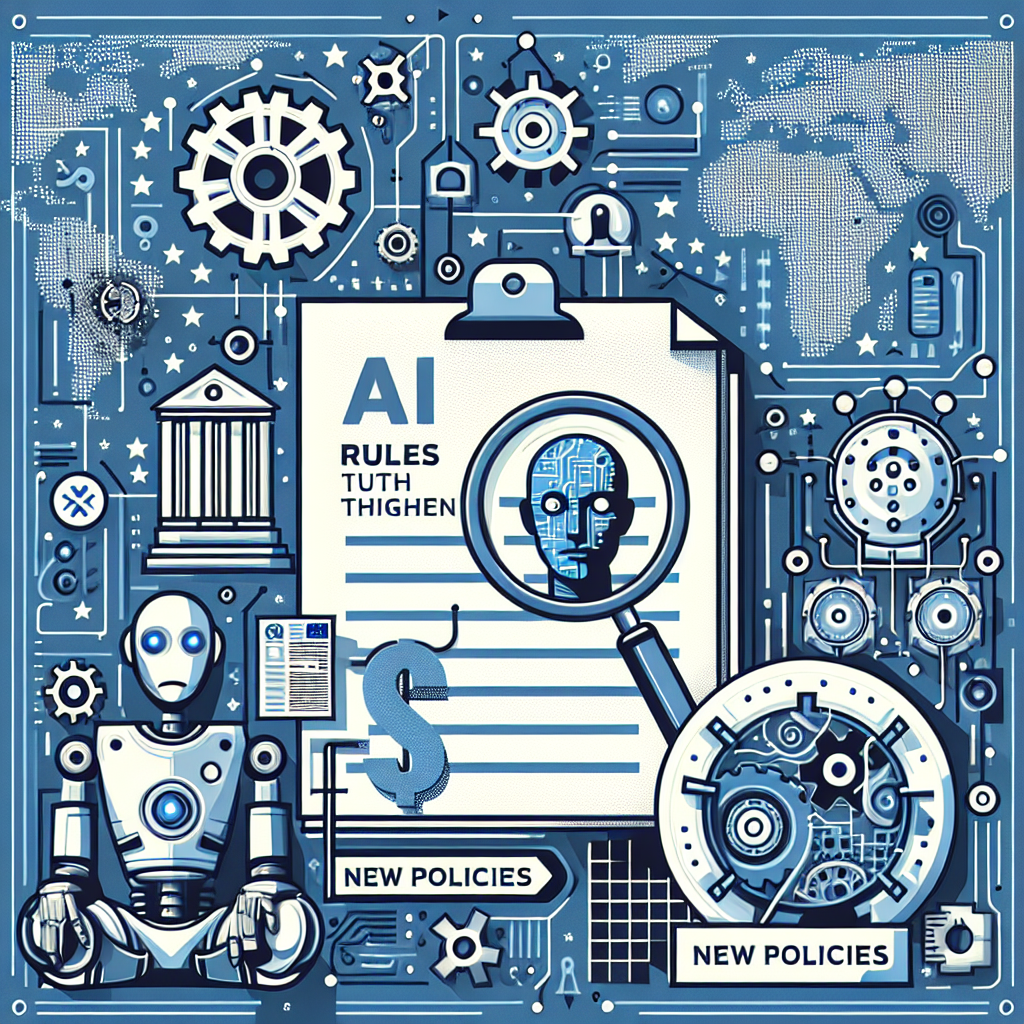AI’s Next Act: Rules, Chips, and Real-World Tests

Regulators and industry race to set the pace
Artificial intelligence is moving from splashy demos to day-to-day infrastructure. Software teams ship code with AI copilots. Hospitals test diagnostic tools. Call centers automate common tasks. At the same time, governments are writing rules to shape how the technology rolls out. The stakes are high: the decisions made now could influence innovation, safety, and competition for years.
As Google’s Sundar Pichai said in 2018, “AI is one of the most important things humanity is working on. It is more profound than electricity or fire.” That optimism is matched by warnings. Elon Musk has called AI “one of the biggest risks to the future of civilization.” Between those poles lies a practical question confronting policymakers and executives: how to capture benefits while managing harm.
New rules: from principles to enforcement
In Europe, the EU AI Act was approved in 2024 after years of debate. It introduces a risk-based framework with obligations that scale from minimal to unacceptable risk. Most provisions are slated to take effect in 2026, with certain bans and transparency duties arriving earlier. The law prohibits practices such as social scoring by public authorities and certain types of biometric categorization. It imposes stricter oversight for high-risk uses, including AI in hiring, credit scoring, medical devices, and critical infrastructure.
In the United States, the White House issued a sweeping Executive Order on AI in October 2023. It directs agencies to develop safety, security, and civil rights standards. The order leans on the National Institute of Standards and Technology’s AI Risk Management Framework, which calls for systems to be valid, reliable, safe, secure, and accountable. It also requires reporting of safety test results for powerful models above certain computation thresholds. The Federal Trade Commission has signaled it will police deceptive AI claims and unfair practices.
Internationally, the Bletchley Declaration in late 2023 saw major AI powers endorse a shared approach to frontier-model risks. Governments agreed to support independent evaluations and information-sharing on safety. Translation to concrete oversight will take time, but the direction is clear: testing before deployment, more transparency, and accountability for downstream use.
Chips, power, and the cost of scale
Even as rules take shape, the pace of AI depends on hardware and energy. Training cutting-edge models requires tens of thousands of high-end graphics processing units (GPUs) and massive power. Nvidia, whose processors dominate the market, has set the tone for data center design. As CEO Jensen Huang put it, “The data center is the new unit of computing.” He and other industry leaders describe modern facilities as “AI factories,” where clusters of accelerators transform data into useful models and services.
The buildout is straining supply chains and utility grids. Hyperscale cloud providers are racing to secure long-term chip supplies and to site data centers near reliable electricity. Governments see a national competitiveness issue in both compute capacity and the ability to manufacture advanced semiconductors. The resulting investments—public and private—could shape where AI capabilities concentrate geographically.
From pilots to production
Outside research labs, AI is finding traction in specific, repetitive tasks. Customer support teams are using chatbots to draft responses and summarize calls. In software development, code assistants suggest functions and tests, accelerating routine work. A 2022 internal study by GitHub reported that developers using Copilot completed certain coding tasks faster, suggesting productivity gains are real in controlled settings. In healthcare, hospitals are piloting AI tools for radiology triage and clinical note generation, though most remain subject to human review and strict compliance checks.
Education and creative industries are also adapting. Some schools now permit AI for brainstorming or grammar support, while discouraging its use for high-stakes assessments. Media companies are experimenting with AI-assisted production but are wary of brand safety, misinformation, and intellectual property risks.
Risk management, not risk elimination
Alongside benefits come well-documented risks. Generative systems can produce convincing but false text or images. Bias can surface if training data reflects historical inequities. Privacy concerns arise when models are trained on or memorize sensitive information. And copyright questions remain contested, with lawsuits—such as the New York Times case filed in 2023 against OpenAI and Microsoft—testing how fair use applies to training data and model outputs. Outcomes from these cases could set important precedents for the industry.
Experts emphasize defensive design and layered safeguards. Common steps include:
- Pre-deployment testing: stress tests for safety, robustness, and bias; red-teaming to uncover misuse pathways.
- Guardrails: content filters, refusal policies, and use-case restrictions to reduce harmful outputs.
- Monitoring in the wild: logging, audit trails, and incident response to catch failures after release.
- Human oversight: keeping people in the loop for high-stakes decisions and enabling effective contestation.
- Data governance: documented data provenance, consent where required, and minimization practices to limit exposure.
OpenAI states its mission is “to ensure that artificial general intelligence benefits all of humanity.” Similar commitments appear in corporate AI principles across the sector. The challenge is translating principles into measurable requirements and verified performance.
The open versus closed debate
Another live fault line is openness. Open-weight models, which can be downloaded and run locally, broaden access and spur research. They also raise fears about misuse, such as automated phishing or disinformation at scale. Closed models can be easier to control but concentrate power and may reduce transparency. Policymakers are experimenting with a middle path: allowing open distribution for lower-capability models while requiring extra controls and evaluations for frontier systems.
What to watch next
- Model evaluations: Expect more standardized tests for reliability, security, bio-risk, and societal impact. Independent labs and government-backed programs will likely expand.
- Supply constraints: GPU availability and power costs could shape who can compete at the frontier and which regions attract new data centers.
- Sector rules: Health, finance, and education regulators will refine guidance for AI-assisted decisions, clarifying liability and documentation needs.
- Copyright outcomes: Court rulings and licensing deals will influence training data markets and the economics of model building.
- Workforce transition: Companies will test new job designs that blend automation with human judgment, along with reskilling at scale.
The bottom line
AI is entering a more mature phase, where deployment, oversight, and evidence matter as much as demos. The technology’s promise is broad, but so are its risks. Progress will depend on combining technical advances with governance that is practical and enforceable. The gap between aspiration and reality will be measured not just in new model benchmarks, but in safer products, clearer rules, and outcomes people can trust.
























































































































































































































































































